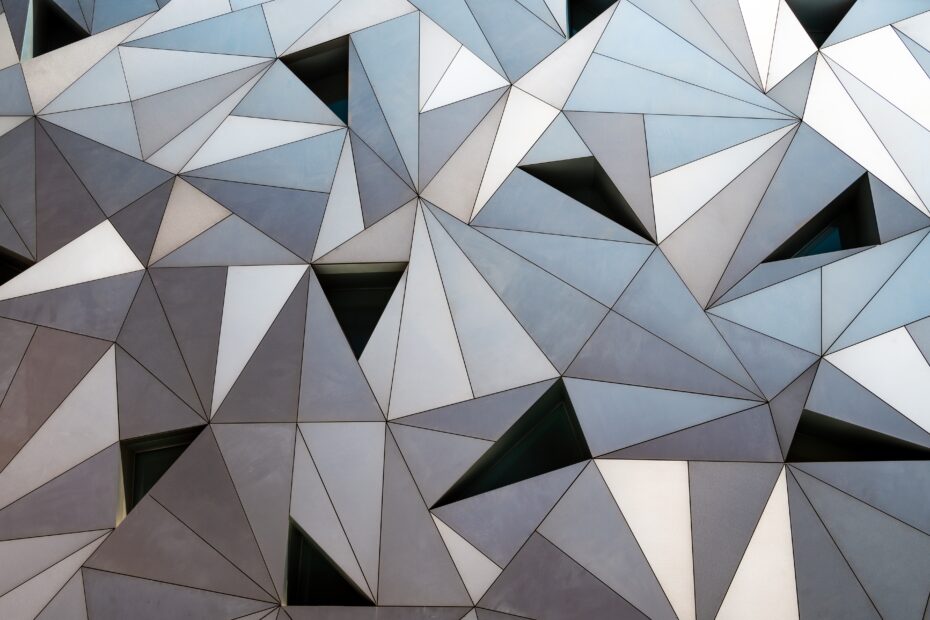If terms like NFT and blockchain leave you puzzled and in need of explanation, then this article is for you. It is for newcomers and will unfold the basic need to know. It also touches upon NFT-art and ownership and on what this all means for the future.
By Trine Juulsen
Being a newcomer, chances are that you might have come across NFT in the form of NFT-art – since this during 2021 has been extremely hyped, and art in the form of NFT that has sold for hard-to-understand amounts of money. NFT, though, is much more than art and holds much more potential.
To understand what NFT is, let’s begin with blockchain technology. This makes sense because the idea of NFTs is rooted in this technology.
Sometimes blockchain technology gets referred to as the internet 3.0. It is a new baseline for our whole digital existence. You need to know that blockchain stands for a particular way of storing information so that the information stored cannot be deleted or altered – not by anyone. This turning point makes blockchain technology new and cool, and this ability makes NFTs possible.
Information on a blockchain is stored in so-called blocks chained together in patterns that are always unique. Furthermore, the stored information is protected, unable to be altered or lost because when the blockchain writes its pattern of code, this specific pattern is recognized and stored on many computers around the world. If someone tried to alter the pattern, all the other computers would see that this wasn’t the correct pattern. So it would be deemed false by all the other computers.
Now we are ready to dive into NFTs. The term NFT stands for Non-Fungible Token. A token, in general, is a term meaning “something that can represent something else”. We talk about a token of gratitude like a rose gifted to represent that someone is grateful. In this case, the rose represents – or is the token – of gratitude. Another example of a token is money. Money represents – or are the tokens of – an amount of value.
Now there exist tokens that we call fungible tokens. Fungible tokens are tokens that are equal to each other because they represent the same thing. Money is a good example of this; All 5 cent coins represent the exact same value. This is already what happens when money is represented online, what makes online banks represent money. So money, as well as cryptocurrencies, are types of tokens that are fungible. Remember, though, that the new part is the blockchain, making storing information secure and unique.
An NFT is a token, where the ‘N’ stands for ‘none’ and means that this type of token is NON-fungible; it’s NOT like any other token; it’s a unique token, and one does not equal the other.
Because of blockchain technology, we can make tokens that are digital representations, which are non-fungible. That makes it possible for anything in the real world to be represented by an NFT on the blockchain, being our house, our cat, the clothes we wear, or the piece of land we own. Everything can be represented digitally. Also art.
And here we arrive at the NFTs most of us have heard of in 2021. NFT art. When we talk about NFT art, also termed crypto art, we still almost exclusively talk about digital art. Digital art has been one of the first NFT use cases – maybe because before blockchain anyone could copy and claim to own digital pieces of art. So in a way, all artists that are working with digital art have been waiting for blockchain technology to come along.
Because blockchain equals secure storing of information, it is also made possible to prove ownership over something that has been tokenized i.e. digitally represented on the blockchain. This can be purely a digital reference, like digital art, or an actual thing in the world like a painting, a house – yes, even a can of soda can, in theory, be so owned and represented. Ownership also points to the fact that you can have tokens that can be bought, given or traded and, through the blockchain, make a (time)stamp of ownership to the person receiving them.
One thing is sure; the internet 3.0 is arriving. It is already creating new digital spaces that we will probably all come to know and live with in the future; digital galleries, augmented reality that merges reality with digital fiction, our house and everything in it existing in the real world as well as in a digital version, digitally that you can walk around in. The sky seems to be the limit.
Photo by the blowup on Unsplash
Read more: Are NFTs secure?



Pingback: How to get started as an NFT artist - NFT